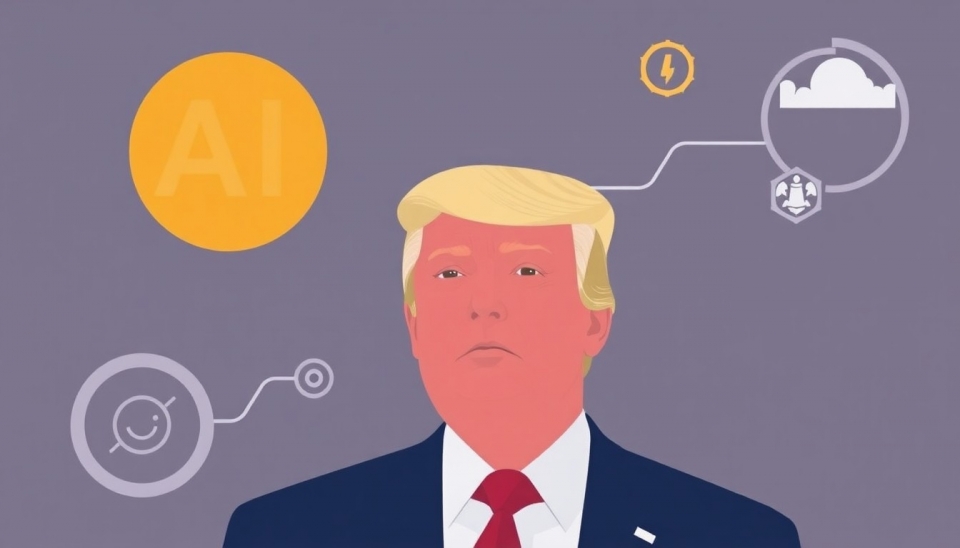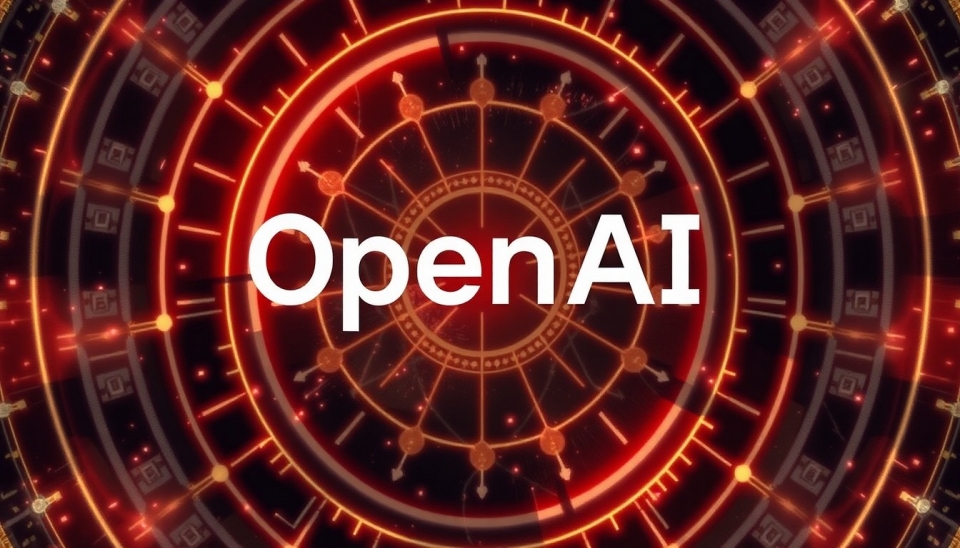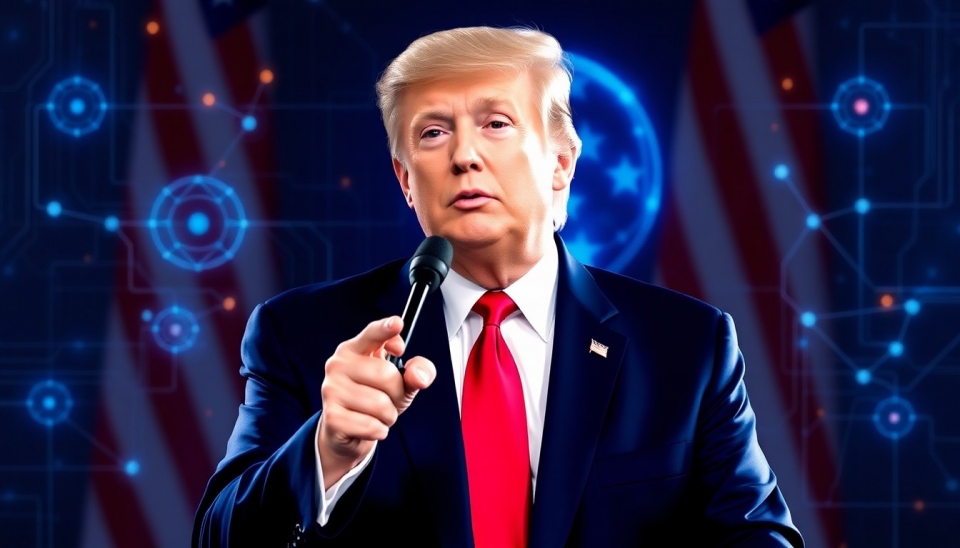
In a noteworthy discussion regarding the future of artificial intelligence (AI) regulation in the United States under a potential Trump administration, former President Donald Trump articulated his stance on ensuring that innovation remains at the forefront while managing emerging technology responsibly. The conversation took place in a recent video interview where Trump shared his insights about the balance between oversight and freedom in the AI landscape.
Trump underscored the vital role AI plays in various sectors, emphasizing its potential to boost economic growth and drive innovation. He expressed a clear intent to foster an environment where AI can flourish, stating that an overly burdensome regulatory framework could stifle creativity and deter businesses from harnessing technological advancements. His focus appears to be on creating a regulatory framework that allows for rapid progress while simultaneously managing risks associated with AI technologies.
During the interview, Trump highlighted the need for collaboration between government entities and private sector stakeholders in the development of AI policies. He proposed a framework that encourages input from technology leaders and entrepreneurs to ensure that regulations are practical and supportive of growth. By engaging with industry experts, Trump aims to establish regulations that not only protect consumers but also promote advancements in AI capabilities.
The former president's approach signals a shift towards a more cooperative model, where the government actively partners with the tech industry to address concerns around data privacy, security, and ethical implications of AI. This cooperative effort, he argues, could lead to more effective regulation that balances protective measures without hindering innovation.
Furthermore, Trump touched on the importance of establishing clear guidelines that provide a roadmap for AI development and implementation. These guidelines would seek to address critical areas such as accountability in AI decision-making, transparency in algorithms, and the ethical use of AI technologies. By prioritizing these concerns, Trump's vision for AI regulation aims to build public trust while ensuring that the technology is developed responsibly.
As the conversation around AI regulation continues to evolve, Trump's emphasis on maintaining a pro-innovation stance highlights a contentious shift in how regulatory frameworks could be established in the coming years. His approach may resonate with tech advocates seeking to prevent regulatory overreach that could limit advancements and hinder the U.S.'s competitive edge in the global tech arena.
As 2024 approaches and the political landscape evolves, the implications of Trump's vision for AI regulation could play a pivotal role in shaping the future of technology policy in the U.S. Stakeholders across the spectrum will be closely examining these developments and strategizing to ensure that their interests are addressed in the regulatory discussions to come.
In summary, Trump's proposed regulatory vision for AI seeks to marry the need for oversight with the imperative to innovate, promising both a cautious and a concerted approach to managing the complexities presented by this transformative technology.
#AIRegulation #Trump2024 #TechInnovation #ArtificialIntelligence #RegulatoryFramework #DigitalEconomy
Author: John Miller




